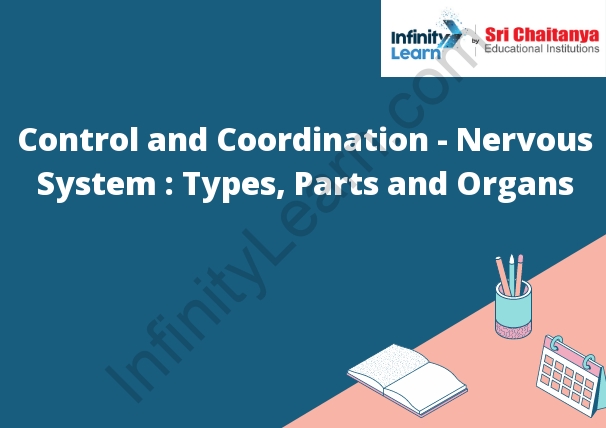Table of Contents
Introduction to Control and Coordination
Functions of the Human Nervous System
The nervous system is responsible for controlling and coordinating the activities of the body’s organs. It consists of the brain, spinal cord, and a network of nerves that extend throughout the body. The brain is the center of the nervous system and is responsible for thinking, learning, and organizing information. The spinal cord is a long, thin tube that extends from the brain and carries messages between the brain and the rest of the body. Nerves are thin, cable-like structures that carry messages between the brain and the rest of the body.
The human nervous system has three main parts: the central nervous system, the autonomic nervous system, and the peripheral nervous system. The central nervous system consists of the brain and spinal cord. The autonomic nervous system controls the body’s involuntary functions, such as heart rate, breathing, and digestion. The peripheral nervous system consists of the nerves that extend from the central nervous system to the rest of the body.

What are Control and Coordination?
Control is the process of regulating the internal conditions of the body to maintain stability and to allow it to respond to changes in the environment. Coordination is the ability to use the senses and muscles to interact with the environment.
What is a Nervous System?
A nervous system is a network of nerve cells that transmits signals between different parts of the body. It enables the body to respond to changes in its environment, and to control its movements.
There are Three Types of Nerves Systems:
1. The Autonomic Nervous System
2. The Somatic Nervous System
3. The Enteric Nervous System
The Autonomic Nervous System controls all of the involuntary functions of the body, including the heart rate, the digestion process, and the function of the bladder and bowels. The Somatic Nervous System controls all of the voluntary functions of the body, including movement and sensation. The Enteric Nervous System controls the function of the digestive system.
Central Nervous System (CNS)
The CNS is responsible for the control of all the body’s activities. It consists of the brain and spinal cord, and is protected by the skull and vertebrae. The CNS receives messages from the body’s sensors and sends messages to the body’s muscles. It also controls the body’s automatic functions, such as breathing and heart rate.
Peripheral Nervous System
The peripheral nervous system (PNS) is a network of nerves that carry messages between the brain and the rest of the body. The PNS is divided into two parts: the somatic nervous system and the autonomic nervous system.
The somatic nervous system is responsible for voluntary movement. It consists of the nerves that control the muscles in the arms, legs, and other parts of the body.
The autonomic nervous system controls the involuntary activities of the body, such as heart rate, blood pressure, and digestion. It consists of the sympathetic nervous system and the parasympathetic nervous system.
The sympathetic nervous system is responsible for the “fight-or-flight” response. It prepares the body for emergency situations by increasing heart rate, blood pressure, and breathing rate.
The parasympathetic nervous system is responsible for the “rest-and-digest” response. It slows the heart rate, decreases blood pressure, and increases digestive activity.
Brain:
The brain is the organ of the central nervous system that controls the body’s movements and activities. The brain is made up of soft tissues and is protected by the skull. The brain has three major parts: the cerebrum, the cerebellum, and the brain stem.
The cerebrum is the largest part of the brain. It is divided into two halves, the right and the left hemispheres. The right hemisphere controls the left side of the body, and the left hemisphere controls the right side of the body. The cerebrum is responsible for thinking, learning, and memory.
The cerebellum is located at the back of the brain. It controls the movement of the body’s muscles.
The brain stem is located at the base of the brain. It controls the body’s vital functions, such as breathing and heart rate.
Spinal Cord:
The spinal cord is a bundle of nerves that runs down the spine. It carries messages between the brain and the rest of the body.
Nerves:
The autonomic nervous system controls the body’s unconscious actions, such as heart rate, digestion, and breathing. The autonomic nervous system is divided into the sympathetic and parasympathetic nervous systems.
The sympathetic nervous system is responsible for the body’s “fight or flight” response. This system prepares the body for action, by releasing adrenaline and other hormones. The parasympathetic nervous system is responsible for the body’s “rest and digest” response. This system slows the heart rate and relaxes the muscles.









